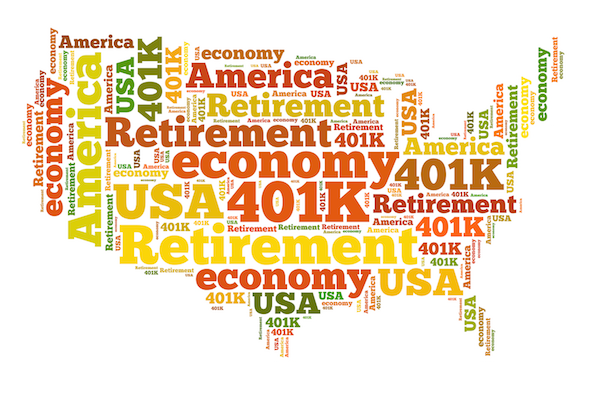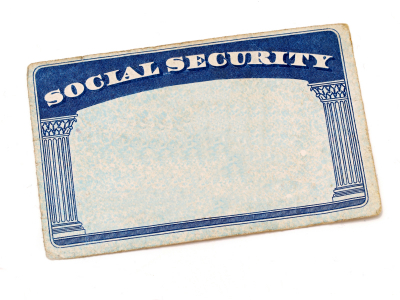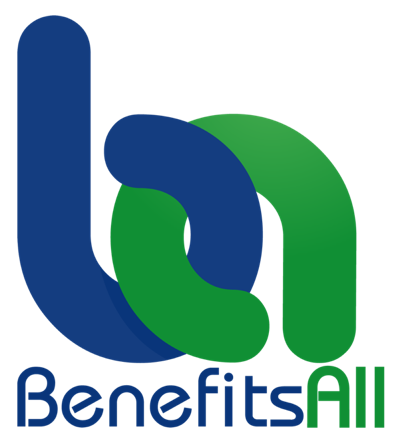Should Women Receive Retirement Income Subsidies?
Income inequality is a huge social and political issue this year. But just two years ago it was gender equality grabbing the headlines. It was then that the dual and dueling messages of two Ivy League-educated, wealthy, women received a lot of attention. Sheryl Sandberg wrote the blockbuster book Lean In… and Anne-Marie Slaughter wrote “Why Women Still Can’t Have It All,” for The Atlantic. Both touched on the difficulties of achieving work-life balance, pay equity and the impact of entering and exiting the workforce. Neither specifically discussed the impact of gender income inequality on women’s retirement income. But it is a conversation worth having.
Earnings Have A Real Impact On Retirement Savings
Most people are familiar with the equal pay for equal work efforts—the latest being the Paycheck Fairness Act. They are aware of the often-cited statistic that women who work full-time earn on average 77 cents for each dollar men earn. They may also know some of the reasons why the gender pay gap exists, including but not limited to:
- More men choose higher paid professions like engineering and finance
- More men negotiate raises and promotions than women
- More women leave the workforce to take care of family
A Solution to Women’s Retirement Savings Problem Continue Reading...
Saving For Retirement Shouldn't Be So Scary

I am a huge proponent of promoting the importance of saving for retirement. But I’m nothing like the austere champions of saving that berate the public for not saving, actually investing, enough or at all. Or who label them financially illiterate because the concept of compound interest won’t sink in. I understand why saving for a distant life is a hard message to hear for many people. I also understand why people fear investing as a way to save for retirement.
Aside from being deliberately confusing, investing is risky. This risk is so often downplayed by the usual responses of:
- think long-term
- focus on your goals
- you only lose if you sell
- focus on monthly income
- don’t focus on the accumulated amount
I know a lot of financial types will have an appropriate industry response about how she could recover her losses by keeping some of her money in the market because she didn’t need it all at once. But these folks miss the point. That 25% loss was a huge number. A psychologically unforgettable number… So huge that it made me rethink my sunny “but it’s for the long-term” response I am always quick to give to reluctant retirement investment plan participants.
And now with the financial markets having a lackluster 2015 and a horrible five trading days in a row, my friend’s story is fresh in my mind because I’m six years older. Six years Continue Reading...
Low Income Workers Need Real-life Retirement Saving Solutions

Almost all the articles lamenting the sad state of retirement savings in America focus on the averages. The average annual income of savers… The average retirement account balance… The average retirement account balance by gender, age, income level... Not surprisingly, the solutions they propose to solve the “retirement savings crisis” are for the average person.
The advice typically goes something like this:
- Create a budget or savings plan
- Save more, spend less
- Participate in your workplace retirement plan
- Contribute enough to get the full employer match
- Increase your savings overtime
- Saving all or part of their tax refund or annual bonus
- Claim tax breaks when they do save for retirement (e.g., SAVER’s tax credit)
- Delay retirement
- Delay claiming Social Security benefits
- Pay attention to plan fees
More Money And A Better Retirement Plan Continue Reading...
2015 - There's More To Say About Health Insurance and Retirement Savings

I created the BenefitsAll website several years ago but it was not until January 2014 that I added the BenefitsAll blog. My three main reasons for writing the blog are:
- to impart what I have learned over the years handling challenging employee benefit situations
- to point out the skills every top benefits pro needs to be effective, including good writing, analytical and technology skills
- to promote continuous learning that encourages questioning the status quo
Obamacare
Seeing all the high deductible health plans (HDHP) listed on the federal exchange (healthcare.gov) makes me reevaluate my unconditional support for the Affordable Care Act (aka Obamacare). But because I know that we need an alternative to and an eventual replacement of employer-sponsored health care, I am not promoting repeal of Obamacare, just some major revisions. Non-subsidized Obamacare coverage is too expensive and does not meet the objective of freeing up entrepreneurs to pursue their passions. The not-too-poor but also non-too-rich, healthy young professionals that may be the entrepreneurs of the present and future, are the ones paying the most for health care coverage under Obamacare. We need a fix. Continue Reading...
Employee Benefit Pros Should Add Medicare and Social Security To Their Knowledge Arsenal - Part 2 (Social Security)

In Part I of this two-part series I discussed the importance of understanding Medicare program basics. In Part II, I will discuss how equally important it is for benefit pros to have a good understanding of the Social Security (SS) benefits program.
Unlike with Medicare employees generally don't think they need assistance understanding how Social Security works and when to apply for benefits. The reality is many workers know very little about the SS program. For example, a significant number think that the SS taxes they pay fund their specific benefits. And many do not know their SS full retirement age and that they receive a smaller benefit amount when they elect to receive benefits before normal retirement.
Employers play a large role in financing SS benefits. It is in their best interest to help workers get the maximum SS benefit so they retire when they want, not when they can.
Social Security 101 For Benefit Pros
The federal Social Security program is complicated. There are SS experts with decades of experience that don’t know everything there is to know about SS. No one expects employee benefit pros to know as much as a SS expert dedicated to the field, but the top benefit pros will have a complete understanding of these five basic SS features. Continue Reading...
Workplace Retirement Plans-Benefit Professionals Must Question The Status Quo

The U.S. federal government administers two of the largest retirement plans in the country, Social Security (SS) and the Thrift Savings Plan (TSP). Social Security is available to all eligible workers and the TSP is available to federal workers and those in the uniformed services. Social Security is similar to a non-government defined benefit pension plan. Eligibility is based on years worked and wages earned, and benefits last a lifetime. The TSP plan is similar to 401(k)-style retirement plans where the employee contributes part of their pay to the plan and chooses a fund or funds to contribute to, and benefits are not guaranteed.
Given the federal government’s experience with large, complex retirement plans and the significant benefits they provide, benefit professionals may want to listen when the government suggests changes in this area. And it is not just the federal government proposing changes to workplace retirement plans, at least ten states are looking to expand access to a retirement savings account to workers without one. Unfortunately, these proposals rarely receive support or endorsement by benefit professionals.
This is odd. Benefit professionals are dedicated to helping employees minimize financial risk through insurance and savings accounts. So why are they not in support of efforts to expand access to these products?
Reasons Benefit Professionals Do Not Support Changes to Workplace Retirement Plans
Continue Reading...
Stop Retirement Readiness Shaming

We Americans love our celebrations, holidays, and observances. In fact, an entire publication, Chase's Calendar of Events Annual, is devoted to listing and explaining them all. For example, today, April 12 is National Drop Everything and Read Day. This is a good day to observe. But I have another day, week, no month I want to observe--National Stop Shaming Americans' Lack of Retirement Readiness Month.
Seriously, if you set up a Google Alert for Retirement Readiness, and I did, you will receive dozens of links in your inbox daily. Of course folks in the financial services industry write many of these articles. But academics and behavioral economists write some. All coming to the same conclusion: overall, Americans need to save more for retirement. Enough with the surveys and the self-serving commentary. How about writing about how retirement readiness can be greatly improved if:
- Employers who sponsor 401(k)-style retirement plans are required to make matching or profit sharing contributions unless they can show it will result in financial hardship


 Denise Perkins
Denise Perkins




